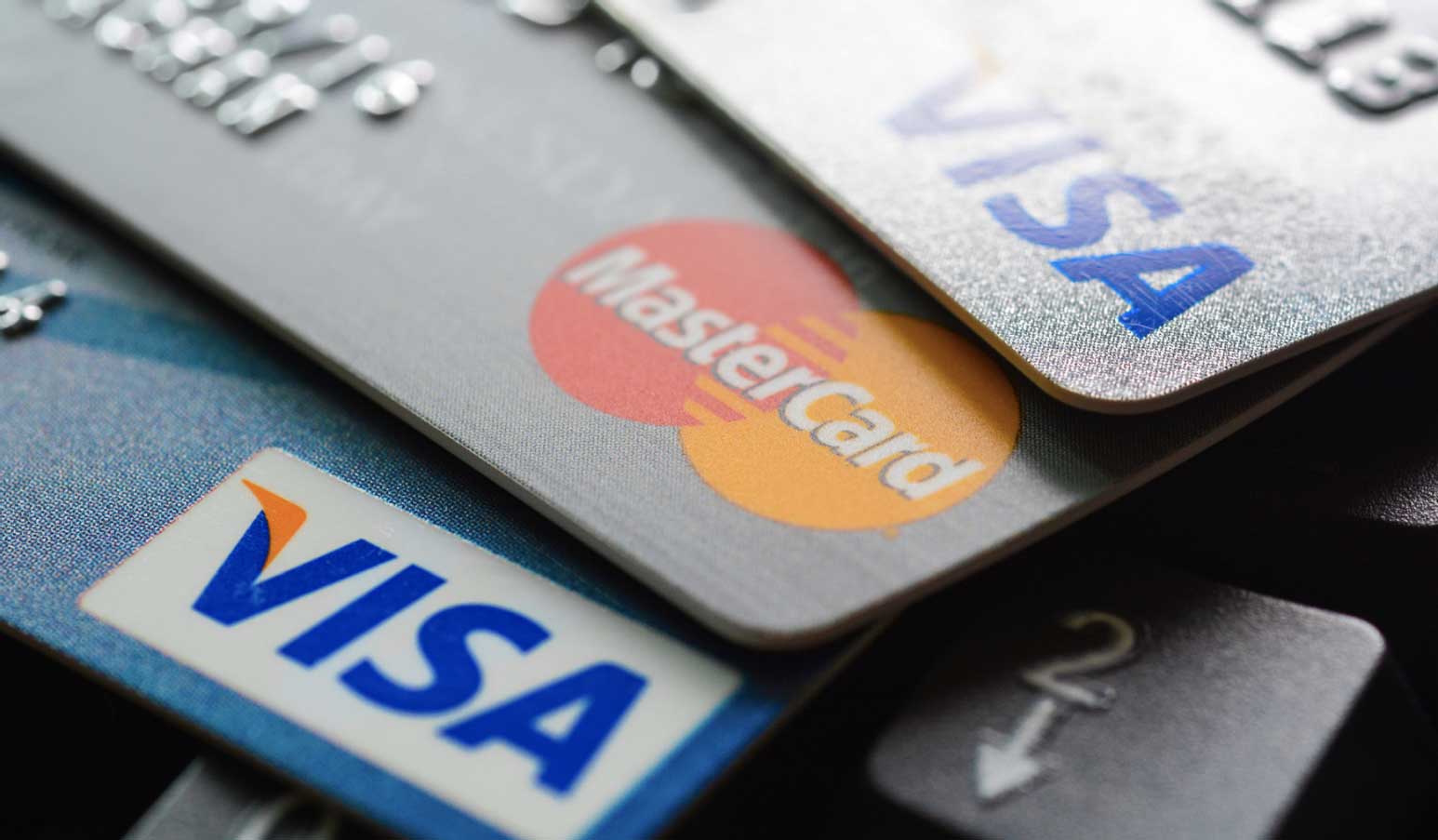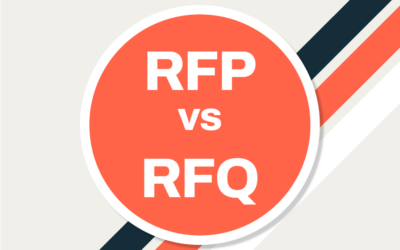Software-enabled corporate card programs are now an essential component of many companies’ AP toolkit. The movement towards more B2B payments by virtual cards has accelerated since the start of the pandemic, and more companies recognize the advantages of software-enabled physical cards when it comes to cost controls and security.
But not all card programs offer the breadth and depth to truly make life easier for everyone involved in card transactions. Employees making purchases, and finance teams tracking and reconciling those purchases, need an intuitive, streamlined user experience — and many card programs fall short.
These 12 questions can help you decide if you’re getting the right corporate card.
1. Right now, only a couple of people use our corporate cards, so it’s easy to keep track of charges. But what happens once our teams grow?
To make sure your card program scales with your company, look for features like:
- A flexible system with the option to add features as they become necessary.
- Real-time reporting for an up-to-date view of who’s spending what.
- Approval workflows that let you approve expenses up front, so you don’t have any surprises later. These should be adjustable, and customizable, as approval chains may change with growth. It should also be possible to create an approval group in which approval is only required from one person in the group, not all, which prevents delays due to vacations and other scheduling issues.
2. Can my executive assistant make updates to my corporate card account? Or could I designate a co-worker while I am on holiday?
The ability to delegate some tasks to someone else — an assistant or colleague — can keep operations moving, even when a key person is not available. When evaluating card programs, ensure that it’s possible to appoint a delegate to do things like:
- Attach receipts on someone else’s behalf.
- View the current balance and spend limits of a card.
- Categorize transactions.
- View the last four digits of a card number.
3. Our travel budget is pretty tight. I feel nervous about just handing over a card before an employee leaves for a trip.
Spend controls put your mind at ease. Make sure it’s possible to apply a dollar amount limit and a timeframe on any physical card. That way, you already know the maximum amount an employee can spend before they even leave for their trip.
4. What happens to an employee’s card if they leave the company?
Zombie spend occurs when a subscription started by an employee continues running after that employee leaves the company. Without clear visibility into card activity, those charges can continue for months, even years, thanks to auto-renewals. Look for a card program that alerts you if an employee leaves while still holding an active card.
For even more control, an integration with an HRIS system can automatically add employees to a card program when they are hired, and remove them if they leave the company.
5. Can you help with amortization for card purchases?
The ability to create amortization schedules automatically saves time and ensures accuracy, but few card programs are able to do this. With Airbase, however, you just enter a start and end date to generate an amortization schedule. Then, you can automatically sync booking details to the general ledger.
6. We have a lot of ongoing subscriptions. What happens if an employee requests authorization for a subscription the company already has?
Duplicate spend alerts can stop unnecessary purchasing, or provide insight into the number of active users that could be used to negotiate lower rates.
Another useful feature to look for is the ability to automatically lock a card when a subscription ends, so that it can be reviewed before renewing to avoid unwanted auto-renewals.
7. Some of my employees prefer Google Pay or Apple Pay to physical cards — more secure, more convenient, and harder to lose. Can physical cards be added to digital wallets?
Digital wallets like Google Pay and Apple Pay add an extra layer of security for card use, since the card information is not exchanged — instead a unique token is generated and passed to the vendor. In this social distancing era, they also enable contactless payment. Despite the popularity of contactless payment, many card programs don’t currently offer this feature.
8. It’s very important that we never miss our AWS payment. Can I rely on your cards?
Your business depends on paying bills on time, so ensure there is an added layer of security for important payments. In Airbase, for example, you can designate cards used for certain payments as “business critical,” and we will notify you if the card isn’t used at the expected time.
9. Our employees have trouble with receipt compliance. How can you help?
It shouldn’t be the finance team’s job to nag about including receipts on expense reports. Smart card platforms automatically enforce receipt compliance by reminding employees to attach receipts as transactions take place. They can even make it an option to lock a card if an employee continues to forget. Although many systems make receipt submission overly complex, it can be as simple as taking a photo with a phone and submitting it on a mobile app, or emailing it to a receipt inbox where optical character recognition (OCR) technology scans the relevant info.
10. Do you have a mobile app?
The ability to manage spending on the go depends on a mobile app, and not just for receipt submissions. It should also help managers and administrators approve or deny requests, and track card spend on physical cards as it takes place. A growing number of Airbase users access our platform through the app, but many other platforms, such as Ramp, do not offer an app at the time of writing.
11. Are all rewards programs the same?
In a word, no. Some programs offer rewards points, which are often difficult to manage and are sometimes too specific to be of much use to a company. In contrast, others offer cash back, which is exactly what it sounds like: cash earned with each purchase. The benefits of cash back are magnified when a card program is on the same platform as a bill payment program, since the AP department can strategically use cards to make money every time they pay a bill. Be sure to compare the rates for cash back, and ensure that they can be generated with all types of purchases — some programs restrict cash back to only certain kinds of purchases. Also check the payment schedules, since some companies only distribute cash back once a year.
12. What happens if an employee loses a physical card?
Look for an uncomplicated process to cancel a physical card the minute someone notices it is missing. Because this can happen any time, anywhere, it should be possible to do it on a mobile app.
An optimum user experience for finance professionals and employees spending money requires a lot of thought — make sure you ask the right questions. We’d be happy to answer further questions during an Airbase demo.
 Jira Integration – Streamline Your Workflows
Jira Integration – Streamline Your Workflows  Ironclad Integration – Simplify Legal Operations
Ironclad Integration – Simplify Legal Operations  Asana
Asana 




